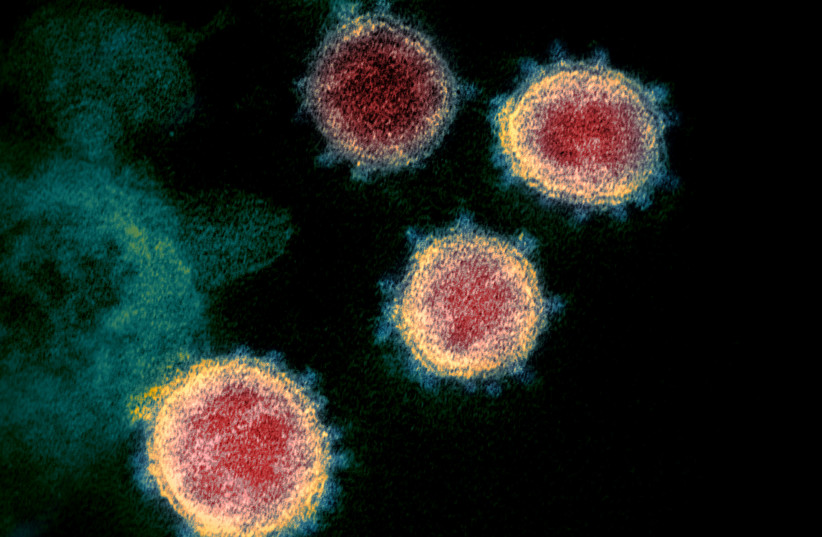After days of health and government officials predicting that coronavirus cases would spike in “unprecedented” ways, Israel topped 3,000 new cases on Tuesday, the Health Ministry reported Wednesday evening.
This was the highest number since October 4.
Nonetheless, the Knesset voted to temper the original education outlines proposed by the Health Ministry and allow elementary school students in red and orange cities to go to school unless a sick student is identified. And the country’s new isolation policy goes into effect on Thursday.
The reproduction rate or “R” is also rising, hitting 1.55 – up from 1.47 the day before, meaning that more cases are expected.
Of the roughly 140,000 people who were tested for the virus, 2.5% returned a positive result.

Only hospitalizations remain relatively stagnant, with 147 people in the hospital with COVID, including 89 in serious condition, among them 37 who are intubated.
Moreover, there is a striking increase in flu cases: 1,848 people were hospitalized, including 605 children and 124 pregnant women. The number is up from 1,114 the week before.
At the same time, infection is rising, specifically among children. There were around 5,200 infected children as of Wednesday, and 36,000 who were in isolation.
To help keep kids in schools, the government late Tuesday night decided to alter its Omicron school outline. It was approved by the Knesset Education Committee on Wednesday.
According to the new outline, elementary school children in red cities will not have to learn from home unless a child in their class is found to be infected. The whole school will also not have to revert to Zoom lessons if a sick kid is discovered. Rather, the school will operate according to a “reduced contact” outline, meaning they can study in open spaces outside of school or nearby, in a large indoor hall where kids can spread out, or enable some kind of hybrid learning, according to the recommendation and abilities of the principal.
Children in older grades will still be required to learn either from home or in open areas.
“We do not punish an entire city and send all elementary school students to distance learning, but instead focus on morbidity within specific schools,” MK Sharren Haskel, who runs the Education Committee, said.
The plan will be in effect until January 9.
The Education Ministry shared the latest traffic light designations, identifying four red authorities: Ma’aleh Adumim, Mevaseret Zion, Kiryat Ono and Rishon Lezion. In addition, two areas of Jerusalem – Har Nof and Pisgat Ze’ev – were also labeled red.
The ministry showed a list of 19 orange cities: Azor, Dimona, Givat Shmuel, Hod Hasharon, Hof Hasharon, Holon, Givatayim, Kfar Saba, Kafr Yasif, Kiryat Gat, Ness Ziona, Oranit, Modi’in-Maccabim-Reut, Ramat Gan, Ra’anana, Ramat Hasharon, Savyon, Tel Aviv-Jaffa and Yavne.
The Education Ministry said some 1,511 students in grades seven through 12 would learn from home or in open spaces next week as a result of the updated list of red and orange areas.
Finally, Israel’s new isolation policy goes into effect on Thursday.
A vaccinated individual who comes in contact with a sick person should take a rapid antigen test. If the result is negative, the individual can go on with their routine.
If the person tests positive, he or she should take a PCR test. If a negative result is obtained, the individual can carry on with their routine. If the person tests positive, then he or she must be isolated for 10 days or until the individual has recovered according to their doctor.
During the seven days following exposure, even if a negative result is obtained, a person should be careful not to be in crowded areas or near people at high risk for developing severe disease.
Unvaccinated individuals must take a PCR test and enter isolation for 14 days if they come in contact with a sick person, with an option to shorten their quarantine to seven days with two negative tests.
Also, unvaccinated people who need to care for infected children or others will need to enter isolation after being with that individual for a minimum of seven days with two negative PCR tests.
